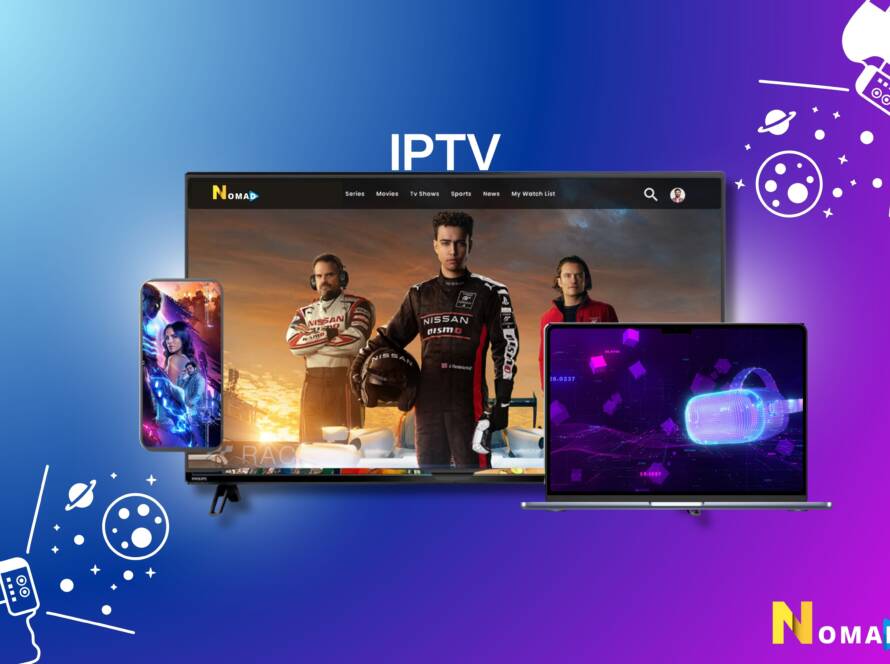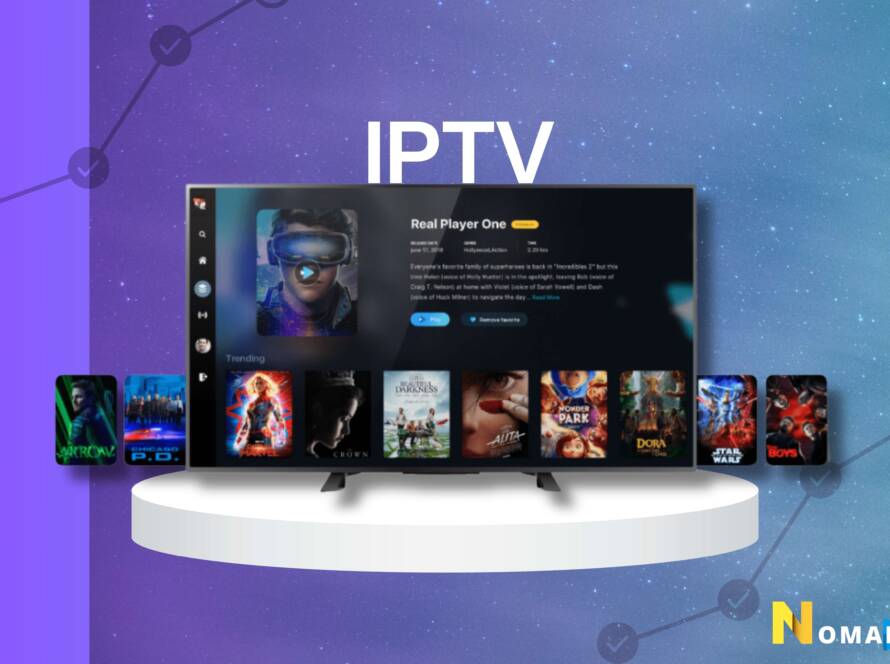Are you comfortable with IPTV? Internet Protocol Television is what it stands for. It’s a way to watch TV without utilizing cable or satellite—instead of using the internet. Today, there is an extensive selection of IPTV service options. Every one of them has something special to offer, such as live sports, on-demand programming, or access to foreign channels. This article will examine the many kinds of IPTV services available and their operational mechanisms. Let’s get started and discover more about this fascinating TV-watching method!
Table of Contents
Video on Demand (VOD)
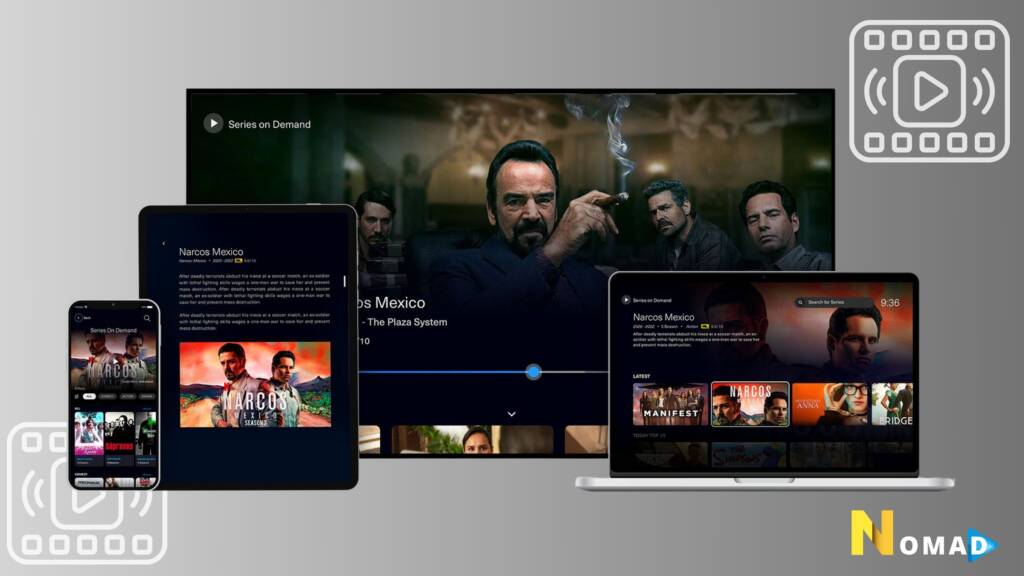
VOD, or video on demand, is one of the most well-liked Types of IPTV services. Users can choose what they want to watch and when to view it from a huge library of videos using VOD. Those who want to use stuff on their schedule will find this service very appealing. Movie streaming services like Netflix and Hulu, which provide a vast selection of films and TV shows for viewers to watch at their leisure, are included in the [types of IPTV] under VOD. Furthermore, VOD systems frequently offer the ability to pause, rewind, and fast-forward, simulating a traditional media player.
VOD offers a noteworthy benefit in granting access to exclusive programming that conventional TV networks might not offer. Numerous VOD services create original content, providing audiences with exclusive TV series and movies unavailable elsewhere. Because of this, VOD has emerged as a key component of contemporary entertainment, demonstrating the adaptability and ease of use that [kinds of IPTV] services can offer.
Live IPTV
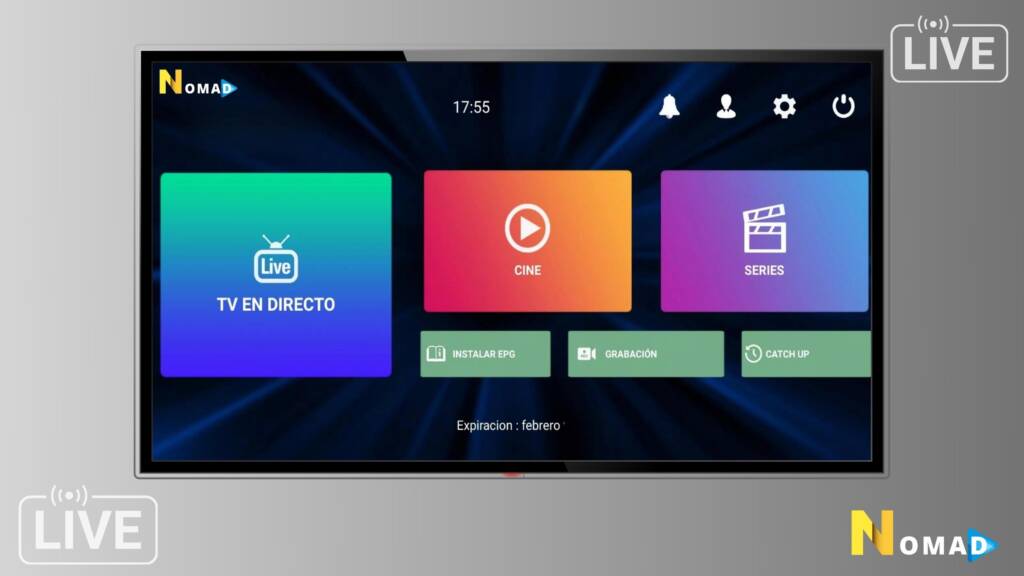
The objective of live IPTV services is to broadcast live TV channels online. The benefits of internet connectivity are added to the regular TV viewing experience with this kind of IPTV. Users can view live news broadcasts, sports events, TV series, and more on IPTV in real-time. The option to watch live TV on many devices—such as smartphones, tablets, and smart TVs—gives customers greater freedom in how they watch content, which is one of the service’s key advantages.
Electronic program guides (EPGs), which make it simple for users to browse through the available channels and schedules, are among the elements that are frequently included in live IPTV. Additionally, some providers feature time-shifted TV, which lets users record, rewind, or pause live programs. This feature ensures that people don’t miss out on any content, especially for those who might not be able to watch their favourite shows when they air. Live IPTV is a dynamic, flexible kind of IPTV service that combines the rapid pace of live TV with the ease of internet streaming.
Time-Shifted IPTV
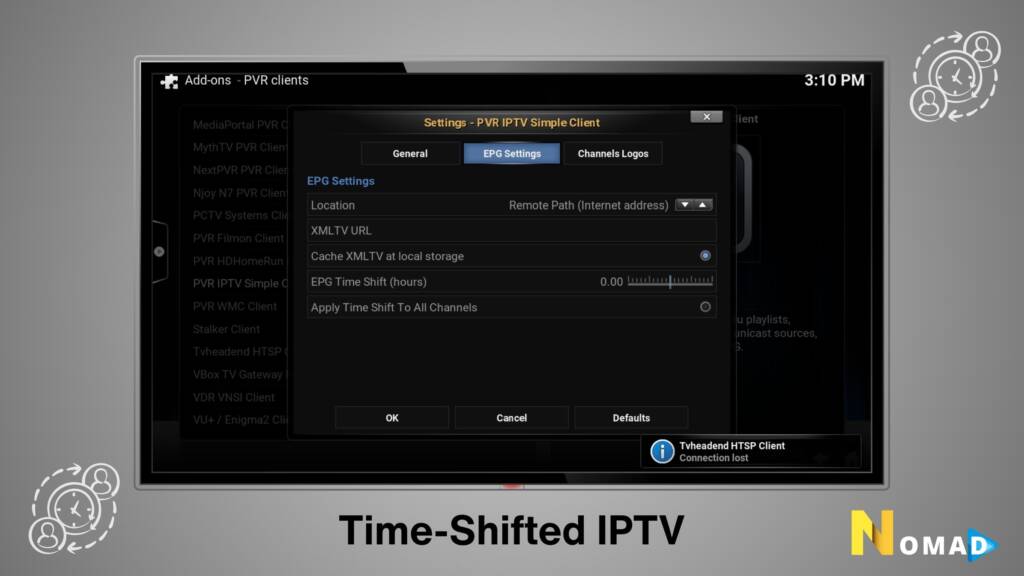
Viewers can see TV shows that have already aired thanks to time-shifted IPTV. For people who are unable to watch their favourite shows during their original broadcast periods, this [kind of IPTV] is perfect. Time-shifted IPTV services give users the option to store and record shows for later, more convenient viewing. Those with hectic schedules who want to watch their favourite TV shows, news, or sporting events live but are constrained by broadcast schedules will find this function extremely useful.
immediate replay and catch-up TV are two features that time-shifted IPTV frequently offers in addition to recording and playback capabilities. With the use of these features, viewers can catch up on missed programs or rewatch particular segments of a broadcast. Time-shifted IPTV highlights how [types of IPTV] services may be tailored to modern lives and improve the traditional TV experience by providing more control over watching schedules.
Catch-Up TV
Another well-liked Type of IPTV service that lets users watch freshly aired TV shows is called Catch-Up TV. Catch-Up TV gives viewers access to shows for a set amount of time after they first appear, unlike traditional TV, which requires viewers to tune in at the designated time. Depending on the service provider, this time frame could be anywhere from a few days to a week or longer. Catch-Up TV’s main benefit is its flexibility, which allows users to watch the programming they missed without worrying about pre-arranging recordings. Those with busy schedules who find it difficult to watch TV at set times will find this service especially helpful.
Catch-Up TV services frequently provide user-friendly interfaces that make it simple to locate and watch recently broadcast programs. It’s easy for users to find the series they want to watch because they can sort the available shows by popularity, category, or date. Catch-Up TV emphasizes the ease and user-centric design of [kinds of IPTV] services by making it simpler to stay up-to-date on preferred shows.
Near Video on Demand (NVOD)
A Types of IPTV service called Near Video on Demand (NVOD) broadcasts multiple versions of the same show at different times. With this configuration, viewers don’t have to wait for the next planned broadcast to begin viewing a program—they may begin at any time that works for them. For pay-per-view events like movies, concerts, and sporting events, NVOD is very well-liked. Compared to traditional scheduled programming, NVOD systems offer greater freedom by providing different watching periods.
The main advantage of NVOD is that it includes elements of VOD and live TV. In contrast to traditional broadcast TV, viewers can enjoy the experience of watching a program that is not exactly on-demand but still provides more flexibility. Because of its hybrid strategy, NVOD is a useful complement to the variety of [IPTV service types] that are offered, appealing to users who desire some flexibility but still want a more scheduled viewing schedule.
TV on Demand (TVOD)
One kind of IPTV service that lets customers buy or rent particular TV episodes or movies is called TV on Demand (TVOD). TVOD works on a pay-per-view model, in contrast to subscription-based services, where customers pay a monthly price for unlimited access. For viewers who wish to access particular content but are unwilling to commit to a subscription, this model is perfect. TVOD is especially well-liked for recently released films and unique events that people might not want to watch again.
The opportunity to view premium material without making a long-term payment commitment is one of TVOD’s key benefits. It’s an affordable choice for infrequent watchers because users can select exactly what they want to see and just pay for that stuff. The high-quality streaming options that this [kind of IPTV] provider frequently provides ensure a better viewing experience. TVOD broadens IPTV services’ appeal and diversity by providing a la carte content.
Subscription-based IPTV
While the material is delivered over the Internet, subscription-based IPTV systems function comparable to traditional cable or satellite TV subscriptions. To access a large number of channels and on-demand material, users must pay a recurring charge. The ease of accessing everything with a single subscription and the extensive content libraries of this [kind of IPTV] service makes it popular. This group includes well-known services like Netflix, Amazon Prime Video, and Disney+, which provide enormous libraries of films, TV shows, documentaries, and other content.
The capacity to stream information on multiple devices at once is a major advantage of subscription-based IPTV, enabling family members to watch different shows or movies together. To improve the user experience, a lot of services also provide tailored recommendations based on viewing preferences. In the world of [kinds of IPTV] services, subscription-based IPTV continues to rule the market thanks to its extensive content selection and user-friendly features.
Hybrid IPTV
By combining IPTV services with conventional broadcast TV, hybrid IPTV offers the best of both worlds. This [kind of IPTV] combines the adaptability of internet-based streaming with the dependability of traditional broadcast techniques. Users of hybrid IPTV systems can easily transition between various forms of programming because these systems often use a set-top box to broadcast both live TV channels and on-demand video. For viewers who wish to make use of IPTV’s advantages while keeping access to local broadcast channels, this strategy is especially helpful.
Advanced features like interactive TV, which enables viewers to take part in polls, access more information, and interact with material in novel ways, are also supported by the hybrid approach. Hybrid IPTV, which combines the best aspects of traditional and internet-based TV, offers a comprehensive and flexible viewing experience. This cutting-edge [kind of IPTV] showcases how television technology is constantly changing and can adjust to suit the tastes of its audience.
Conclusion
There are many different types of IPTV services available, and each has special benefits and characteristics. Viewers have an abundance of alternatives to select from, including the convenience of Time-Shifted IPTV and Catch-Up TV, as well as the flexibility of Video on Demand and the instantaneous nature of Live IPTV. Near Video on Demand, TV on Demand, subscription-based IPTV, and hybrid IPTV all add to the options by accommodating various watching styles and preferences. The variety and functionality of [kinds of IPTV] services are anticipated to increase as technology develops further, giving customers even more options to enjoy their preferred programming.
FAQ: Types of IPTV
Q1: What is IPTV?
IPTV stands for Internet Protocol Television, a technology that delivers television content over the Internet rather than through traditional broadcast methods.
Q2: What are the different types of IPTV services?
There are several types of IPTV services, including Video on Demand (VOD), Live IPTV, Time-Shifted IPTV, Catch-Up TV, Near Video on Demand (NVOD), TV on Demand (TVOD), Subscription-based IPTV, and Hybrid IPTV.
Q3: What is Video on Demand (VOD)?
VOD allows users to select and watch videos from a library at their convenience. Popular services like Netflix and Hulu fall under this category.
Q4: What is Live IPTV?
Live IPTV streams live television channels over the internet, allowing users to watch real-time broadcasts on various devices.
Q5: What is Time-Shifted IPTV?
Time-shifted IPTV lets viewers watch TV programs that have already been broadcast, providing the ability to pause, rewind, and record shows for later viewing.
Q6: What is Catch-Up TV?
Catch-Up TV allows viewers to watch recently aired programs for a limited time after their original broadcast, offering flexibility for those who miss the live airing.
Q7: What is Near Video on Demand (NVOD)?
NVOD broadcasts multiple copies of the same program at staggered times, enabling viewers to start watching at a time that suits them.

